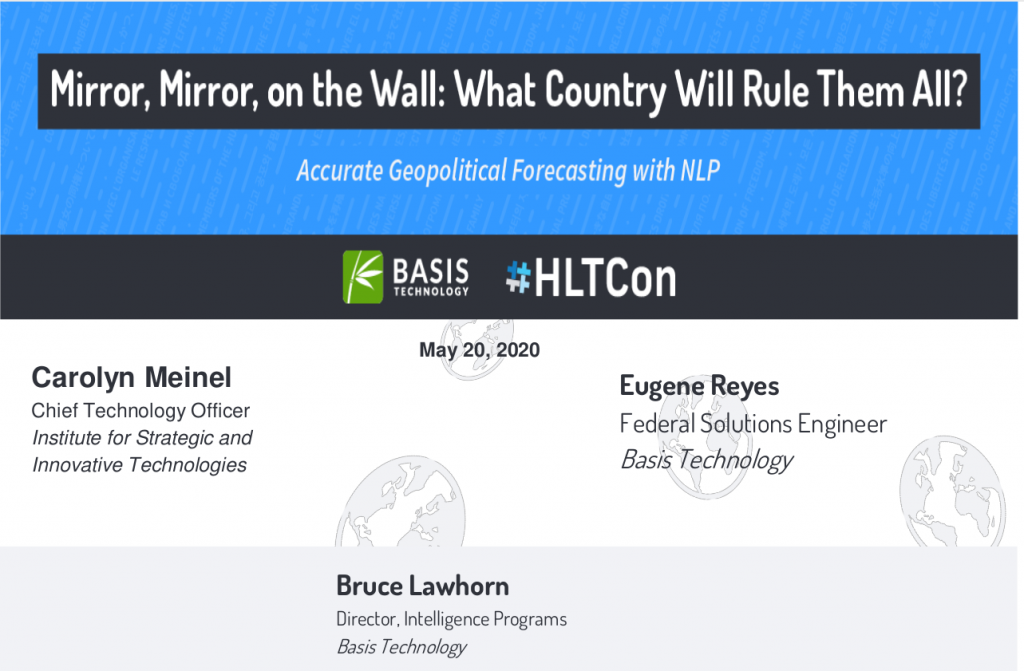IARPA’s Geopolitical Forecasting Competition
ISIT and KadSci, LLC teamed to compete in this competition, which began in mid-May 2019 and ended Nov. 30, 2019.. We spent the first halfof the competition focusing on the science aspect. Then in August we used what we had learned to develop our solution and soared from 27th place in July to 4th place…
Read more




